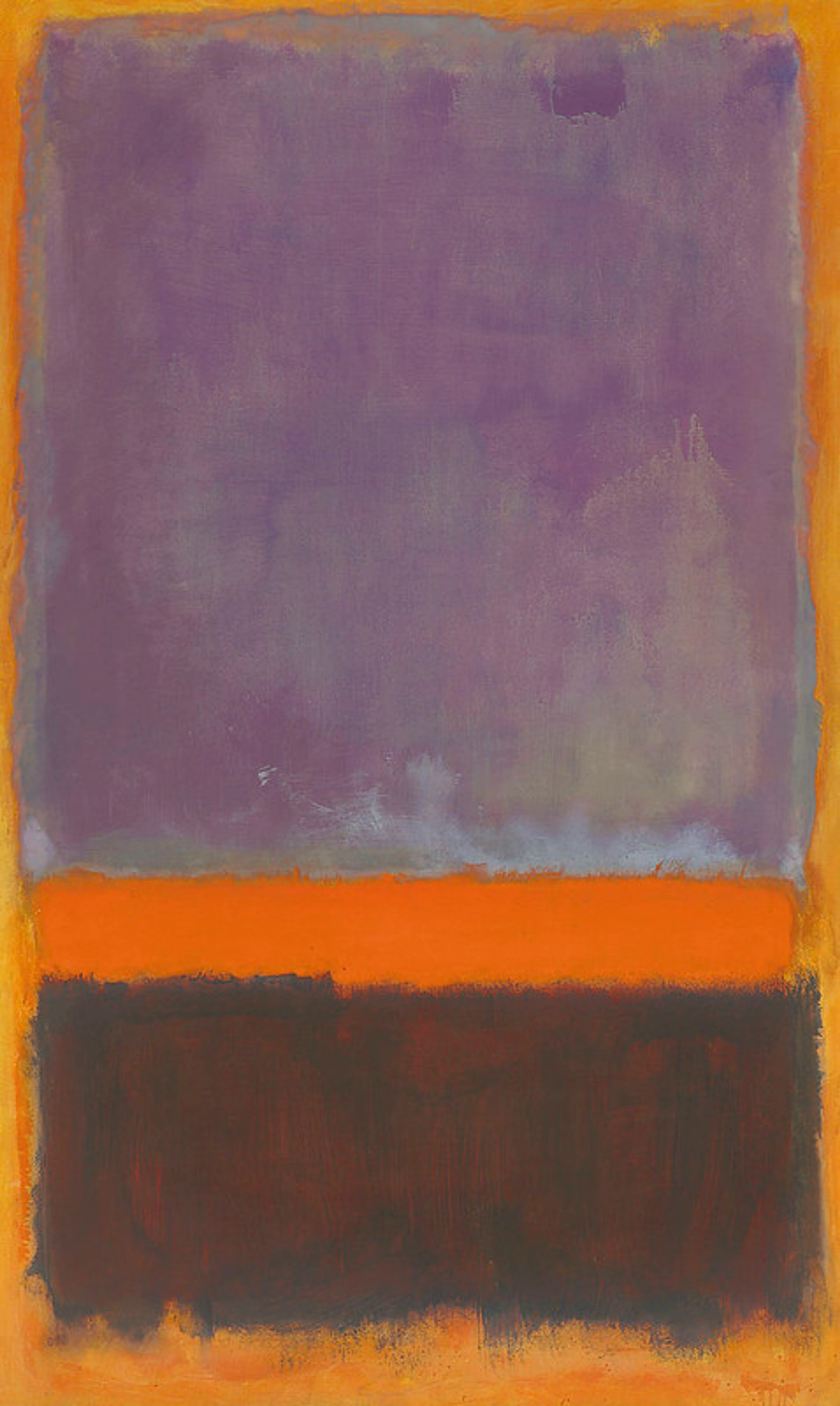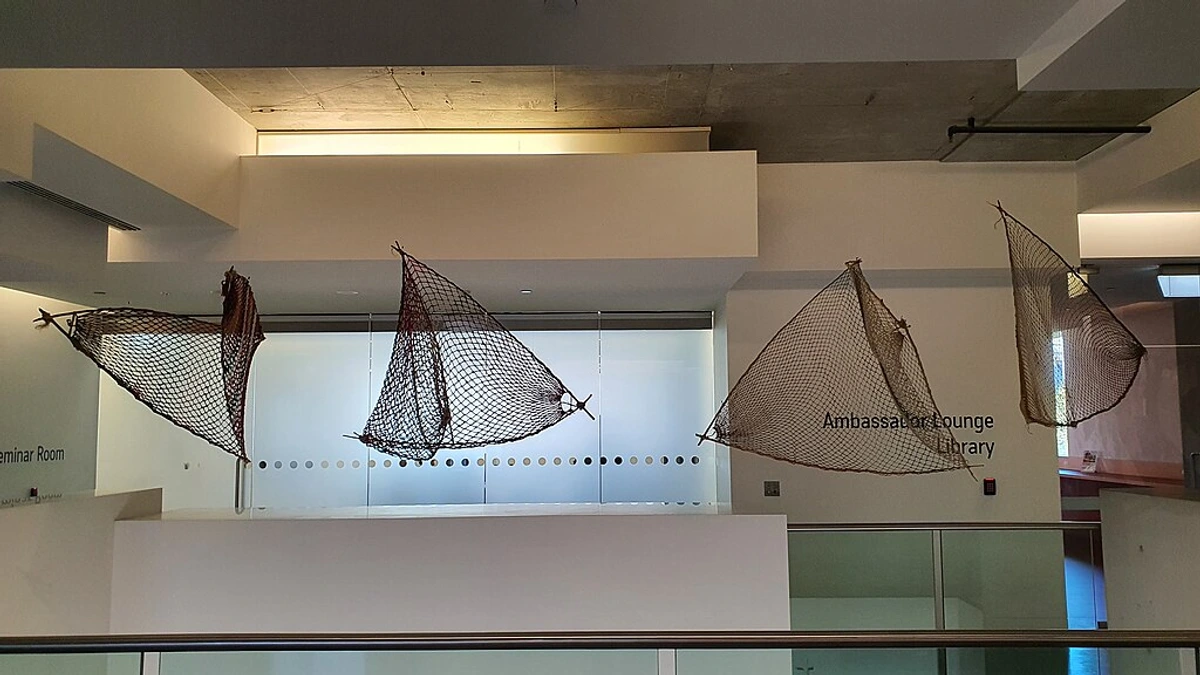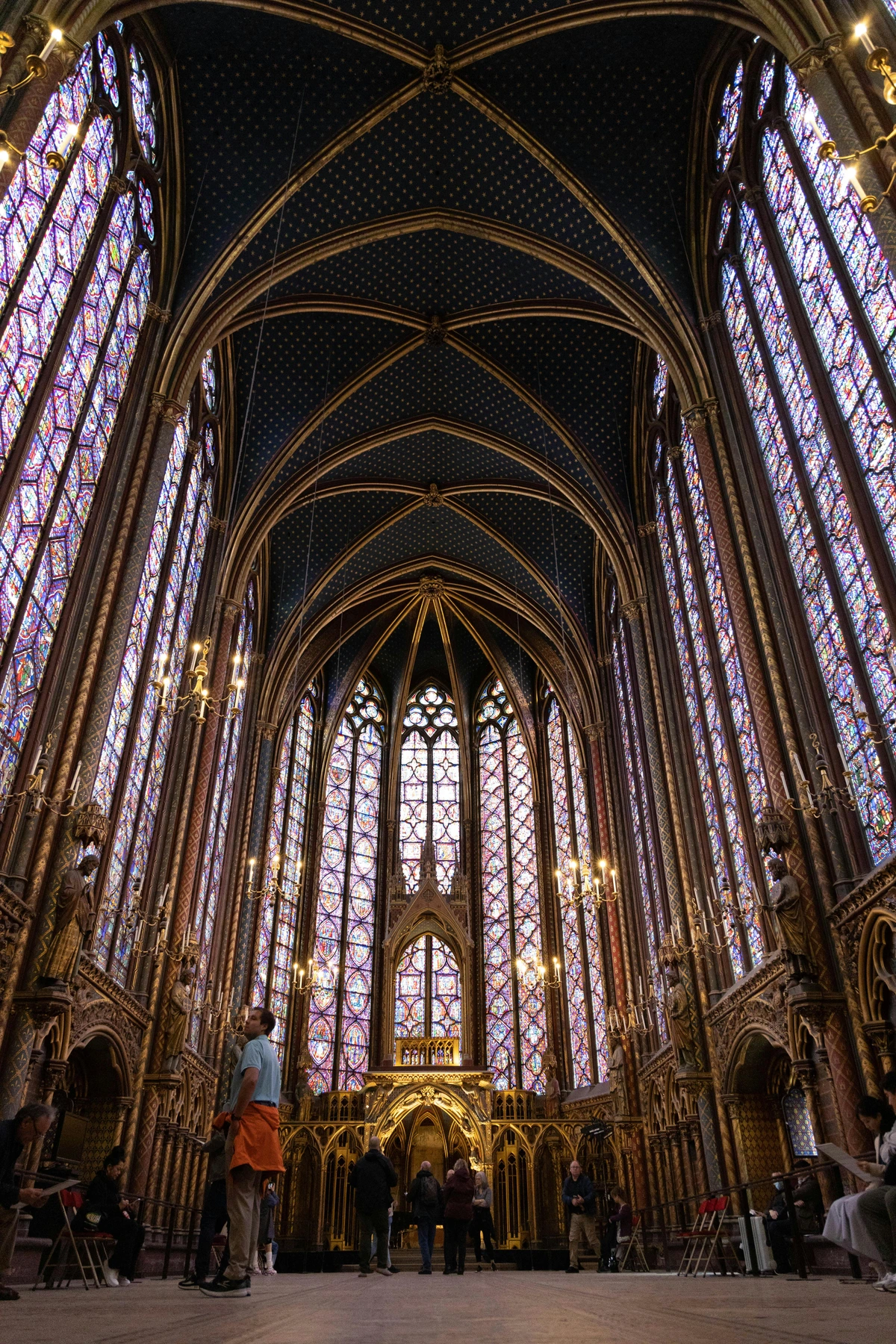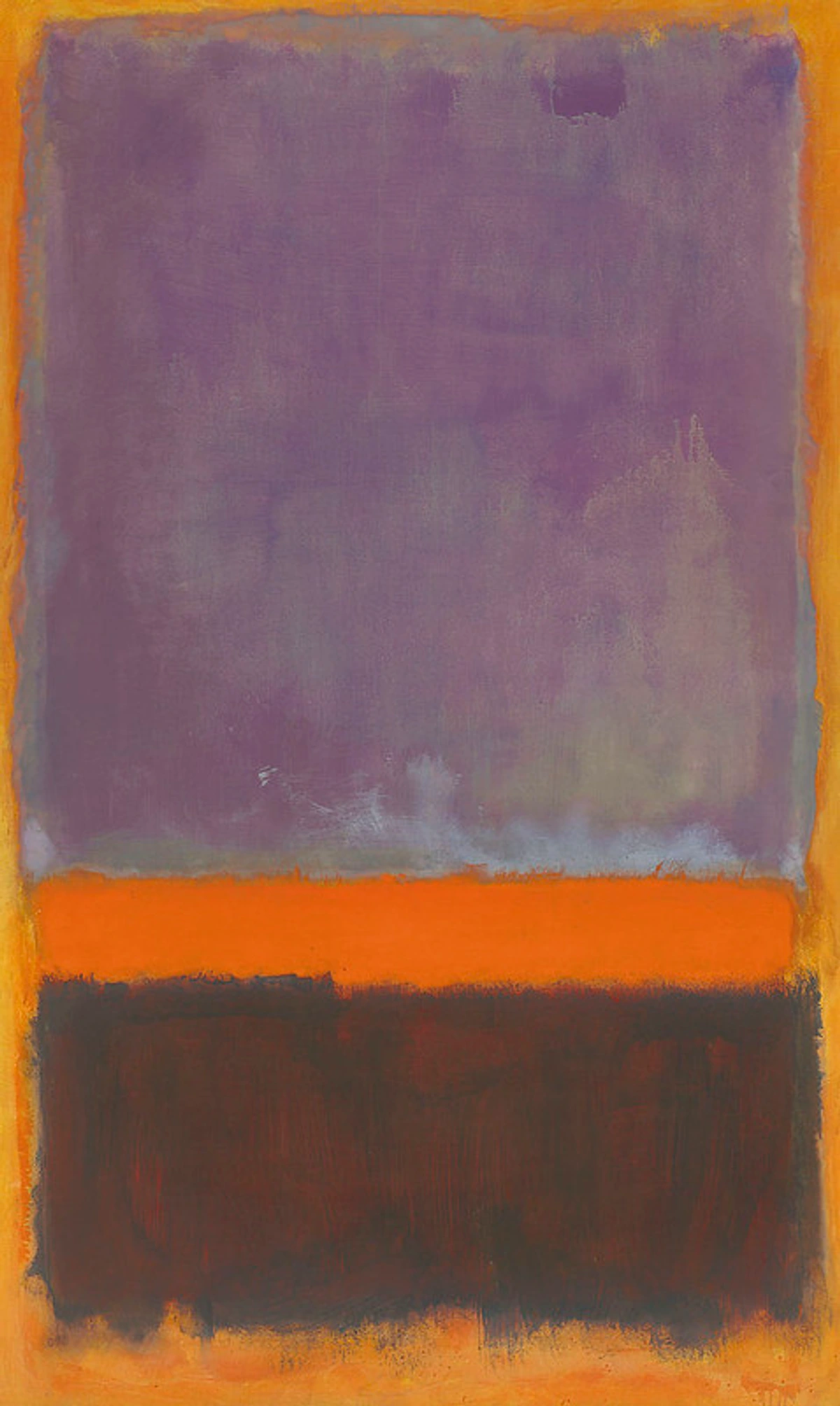
Olafur Eliasson: A Personal Journey Through Experiential Art & Perception
Step into the world of Olafur Eliasson with this personal guide. Explore his immersive installations, understand his focus on perception, environment, collaboration, and social impact, and discover why his art feels so... real. Plus, tips for experiencing his work.
Olafur Eliasson: A Personal Journey Through Light, Perception, and the World Around Us
Okay, let's talk about an artist who really messes with your head – in the best possible way. Olafur Eliasson. If you've ever walked into a space and suddenly felt acutely aware of the air, the light, the temperature, or even just your own two feet, chances are you've had an Eliasson moment. He's not just making things to look at; he's creating experiences. And honestly, as an artist myself, that's something I deeply resonate with. It's about more than just the object; it's about the feeling, the interaction, the moment. This isn't just a factual overview; it's a personal exploration of why his work hits differently and how it makes you see the world anew.
Who is This Guy, Anyway? (And How Does He Do It?)
Born in Iceland and Denmark, Eliasson came onto the global scene by turning galleries and museums into places that feel... well, not like galleries and museums. Think giant indoor suns, waterfalls, fog-filled rooms you have to navigate by touch, or walkways over rivers of dye. His work is often large-scale, site-specific, and deeply engaged with natural phenomena and our perception of them. It's also worth noting that his background isn't solely in fine art; his mother was a dancer, and this early exposure to performance and the body's relationship with space undoubtedly influenced his later work, adding another layer to his interdisciplinary approach.
He's not just an artist; he's almost like a scientist, an architect, and a philosopher rolled into one. He's constantly asking, "How do we see? How do we feel? How do we relate to the world and each other?" His art becomes a laboratory for these questions. The scale and complexity of his installations mean he doesn't work alone. His Berlin-based Studio Olafur Eliasson is a truly collaborative environment, bringing together architects, engineers, researchers, and technicians. This interdisciplinary approach allows him to tackle such ambitious projects, including significant architectural collaborations like the stunning Harpa Concert Hall in Reykjavik, where his facade design plays dramatically with light and geometry. They delve into the technical aspects of light, optics, and atmospheric conditions to engineer experiences that challenge our senses. It's this blend of artistic vision and scientific rigor that makes his work so impactful and, frankly, mind-bending. The logistics of transporting and installing these massive, often delicate, pieces across the globe are a feat in themselves, requiring immense planning and technical expertise – a testament to the studio's capabilities.
Experiencing the Unseen: Key Works That Stick With You
Eliasson has created so many incredible installations, but a few really stand out in my mind, either because I've been lucky enough to experience them or because they're just iconic. Each one feels like a distinct invitation to pause and perceive.
The Weather Project (Tate Modern, 2003)
This one is legendary. He installed a massive sun (made of hundreds of mono-frequency lamps) and a hazy mist in the Turbine Hall of the Tate Modern. People would lie on the floor, looking up, basking in this artificial, yet strangely real, sun. It wasn't just a visual spectacle; it was a communal experience.
I remember feeling the unexpected warmth on my face, seeing my own slightly distorted reflection in the mirrored ceiling alongside countless others, and sharing this weird, beautiful, slightly disorienting moment with strangers. It made me think about the sun, about weather, about being indoors vs. outdoors in a way I hadn't before. It was simple, profound, and utterly unforgettable. It's a perfect example of how he uses basic elements – light, air, space – to create something monumental and deeply human.
Waterfalls and Rivers
He's brought waterfalls indoors and dyed rivers green (like the one in Stockholm). These interventions feel almost mischievous, like he's playing with the fabric of reality. They force you to look at something familiar – water, a river – in a completely new context. It's a jolt to the senses, a reminder that even the everyday can be extraordinary. The purpose feels like a gentle disruption, making us notice the natural elements we often take for granted in urban environments.

Beauty (1993)
An earlier, yet enduring, work is Beauty. This installation consists of a fine mist of water falling in a darkened room, illuminated by a single spotlight. As you walk through it, you might catch a glimpse of a rainbow, depending on your position and the angle of the light. It's a simple setup, yet incredibly effective at highlighting how our perception creates the phenomenon. The rainbow isn't a fixed object; it's an experience that exists only in the interaction between the light, the water, and your eye. It's a beautiful, fleeting moment that makes you acutely aware of your own role in seeing.

Ice Watch
Bringing massive blocks of glacial ice from Greenland to public spaces in cities like London and Copenhagen. This isn't just art; it's a stark, tangible reminder of climate change. You could touch the ice, watch it melt, feel the cold. I remember the sheer scale of the melting ice, the sound of the water dripping, and the collective hush of the crowd. It was a powerful, emotional experience that bypassed intellectual debate and hit you right in the gut. It's art as activism, art as a wake-up call, making the abstract concept of melting glaciers physically present.
Little Sun
Beyond large-scale installations, Eliasson also engages with social impact through projects like Little Sun. This initiative provides portable solar lamps to communities without access to electricity, particularly in sub-Saharan Africa. It's a beautiful example of how his interest in light extends beyond the gallery walls and into practical, sustainable solutions that empower people. It's art that literally brings light into lives, connecting his aesthetic concerns with urgent global issues like energy access and climate action.
Why His Art Resonates (And Why It Can Be Tricky)
So, why does Eliasson's work stick with us? It resonates because it taps into fundamental aspects of being human: our senses, our bodies, our relationship with the natural world, and our shared experience. It's not about decoding complex symbols (though there are layers if you want to go there); it's about feeling. It's about being present. His work often plays with phenomenology – the philosophical study of experience and consciousness – making you acutely aware of your own presence and perception within a space. Think of phenomenology as simply the study of how things appear to us, how we experience the world directly through our senses and consciousness, before we even start thinking about it. Eliasson's art forces you into that raw state of just experiencing.
It's less about what you see and more about how you see and what it feels like to be seeing. It challenges your assumptions about what art can be and how it should function. It makes you question your own senses and how reliable they are. How do you perceive the world around you? Does his art make you think about that?
Now, I'll admit, sometimes it can feel a bit... conceptual. You might walk into a room and think, "Okay, it's just fog." Or "It's just a light." And that's okay! This is where some critics might argue his work is more spectacle than substance, prioritizing the 'wow' factor over deeper meaning. But I think that misses the point. The beauty is often in the interaction and the reflection it prompts. It's less about the object itself and more about what happens between you and the object, and what happens inside you. It requires your active participation, your willingness to be open to the experience, even if it feels a bit silly or simple at first. It reminds me a bit of abstract art. Some people look at a Rothko and just see colored rectangles. Others feel a profound emotional response. It's about being open to the experience. If you're curious about why abstract art can be so compelling, I wrote a guide about why abstract art is compelling that might resonate.

Experiencing Eliasson's Work: Tips from Someone Who Loves Art (and Sometimes Feels Awkward in Galleries)
Okay, so you're heading to an Eliasson show, maybe feeling a little unsure what to expect. Been there! Here are a few personal tips from someone who's navigated a few fog rooms and stared awkwardly at light installations – think of these as practical notes for engaging with art that's designed to make you feel and perceive:
- Go In With an Open Mind: Leave expectations at the door. Just be ready to feel and perceive. Don't worry about "getting it" right away. Let the experience wash over you. It's less about understanding and more about experiencing.
- Use All Your Senses: Don't just look. How does the air feel? What do you hear? Is there a temperature change? Engage everything. His work is designed for the full body.
- Move Around: His installations are often designed to be walked through, around, or even lain under. Your perspective changes everything. Don't be afraid to explore the space fully. Seriously, walk slowly, change your angle, see what happens.
- Don't Be Afraid to Look Silly: Seriously. Lie on the floor if others are doing it (The Weather Project!). Walk slowly through the fog (and maybe bump into someone, oops). Stare intently at a light source. You're there to have an experience, not look cool. Embrace the potential awkwardness.
- Talk (Quietly) to Others: If you're with someone, share what you're experiencing. Sometimes articulating it helps, or hearing someone else's perspective opens your eyes (or other senses) to something new. You might even strike up a conversation with a stranger – art can be a great icebreaker!
- Take Your Time: These aren't quick glances. Linger. Let your eyes adjust. Notice the subtle shifts in light or your own balance. The longer you stay, the deeper the experience can become. Resist the urge to rush to the next piece.
A Personal Reflection
Eliasson's work, for me, is a powerful reminder that art isn't confined to a canvas or a pedestal. It's an experience, a question, a feeling. It pushes the boundaries of what art can be and how it can interact with us and the world. It makes me think about my own creative process – how can I create work that doesn't just sit on a wall but actively engages the viewer, making them feel something, making them aware? It's a high bar, for sure, but his fearless exploration of perception and environment is incredibly inspiring. It reminds me that even in my own abstract art, the goal isn't just a pretty picture, but something that resonates, something that makes you pause and feel. His focus on the viewer's experience directly influences how I approach composition, color, and texture, always asking how the painting can create a moment of heightened perception for the person looking at it.
If you're interested in my own work, you can buy art directly from my site, or learn more about my journey on my timeline. And if you're ever near 's-Hertogenbosch, feel free to visit my museum!
Ultimately, Eliasson's art is a gift – a chance to pause, to feel, and to see the world, and ourselves within it, just a little bit differently. And isn't that what the best art does?




